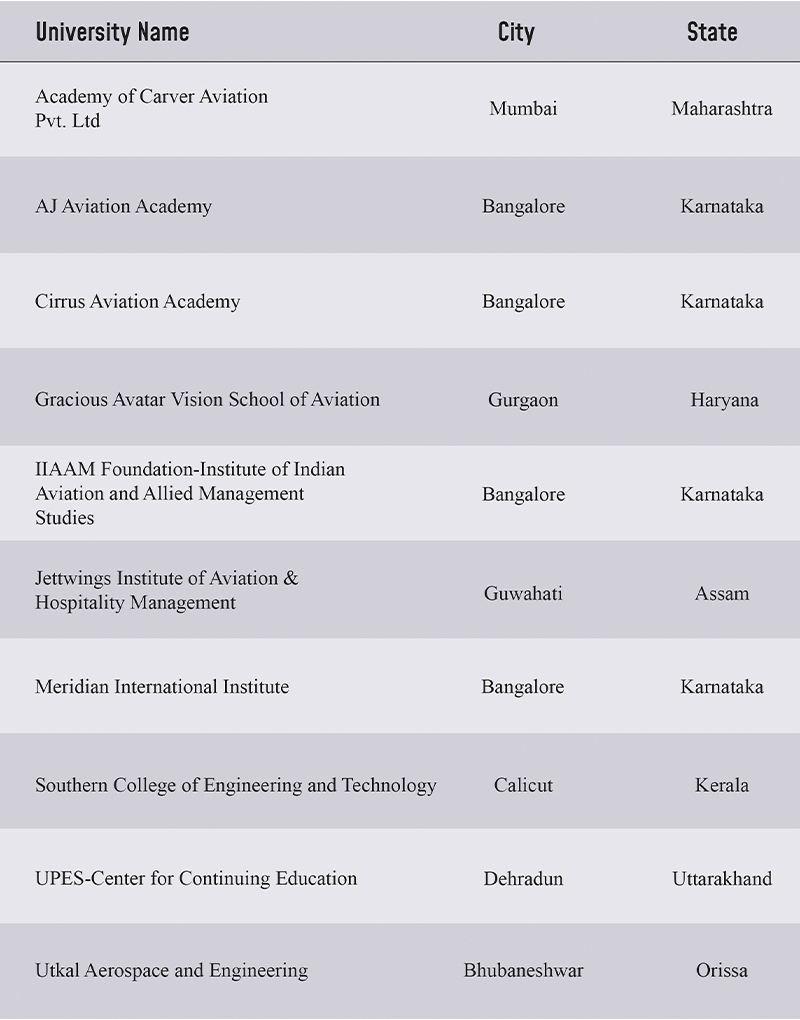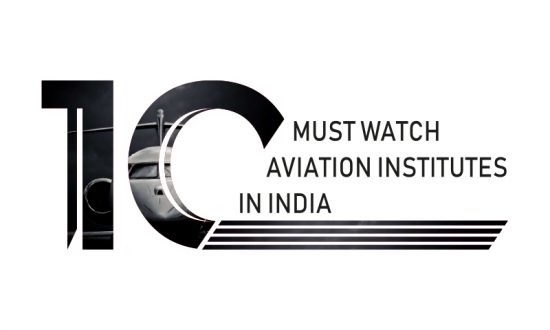Although there is pretty much nothing that can shake the aviation industry, a global pandemic, sadly, is one that can uproot the whole aviation ecosystem. With COVID-19 claiming thousands of lives worldwide, the aviation industry is having to deal with increasingly restricted services and plummeting revenues amid economic uncertainty and travel bans. After the announcement of the suspension of all domestic operations of Indian airlines from March 25 amid Covid-19 pandemic, Aviation stocks dropped up to 10%. Vistara, SpiceJet and GoAir have suspended much, or all, of their international operations and Air India and IndiGo, have truncated their overseas services.
However, before disaster struck, the Indian aviation sector was touted as showing remarkable growth in recent years. The country had plans to construct over 100 new airports by 2035, offering a varied palette of jobs to choose from. Although airline operations are the core of the aviation industry, verticals such as airport operations, air cargo and ground handling contribute enormously to the workforce.
For instance, based on a skill gap study conducted by Ministry of Civil Aviation with iMACS, it was estimated that by 2035, the Indian civil aviation sector including airlines, airports, MRO (Maintenance, Repair and Overhaul, an emerging vertical and with the massive growth projections in fleet size, strategic location, pool of engineering expertise and lower labour costs, giving India the potential to become a leading MRO hub in the South Asian region) and ground handling would jointly employ almost 1 million personnel directly and around 3 million people indirectly.
Thanks to the global pandemic, Airline companies are reducing their operating expenses and looking for more ways to cut expenses. One particular area that has caught their attention is the training expenses. Therefore, once this dust settles, Aviation industries will look for job-ready professionals who can take the rein without much ado. This is why it is impertinent to strengthening aviation education institutions, build additional training infrastructure and enforce strict monitoring to ensure the quality of training and skill development.
We at the Higher Education Digest felt the importance of showcasing “10 Must-Watch Aviation Institutes in India” during these troubled times as a means of igniting hope. The names listed in this issue have created a niche for themselves in the industry and will continue to support the Aviation domain at all times.





